The name “Radio Lighthouse” was chosen for the spiritual analogy of the work of a lighthouse. Just as the light of a lighthouse warns of dangers to mariners, or guides them to a safe harbor, so the light of God’s Word, broadcast from CRL, guides the lost to safe harbor in Jesus Christ, and warns the Christian of spiritual rocks and shoals.
There have been many changes over the years to which the Lighthouse has had to adapt. Missionaries and national staff have served here and moved on to other ministries. We have had to keep up with technological advancements in broadcasting in order to maintain a high-quality sound. There have been great changes in availability and styles of sacred music. The fluid populations of the islands and influence of North American television and other media have produced significant changes in our audience. As we have adjusted to meet these changes, one thing remains constant. That is our commitment to maintain our adherence to the doctrines and principles on which the station was founded, a basis of Biblical truth.

Two names that have become synonymous with the Caribbean Radio Lighthouse are Curt Waite and Jerry Baker. Each of these men and their families served in Antigua for over 30 years.
In 2017, CRL moved its studio from the original Jolly Hill site to the current Valley Church site.


